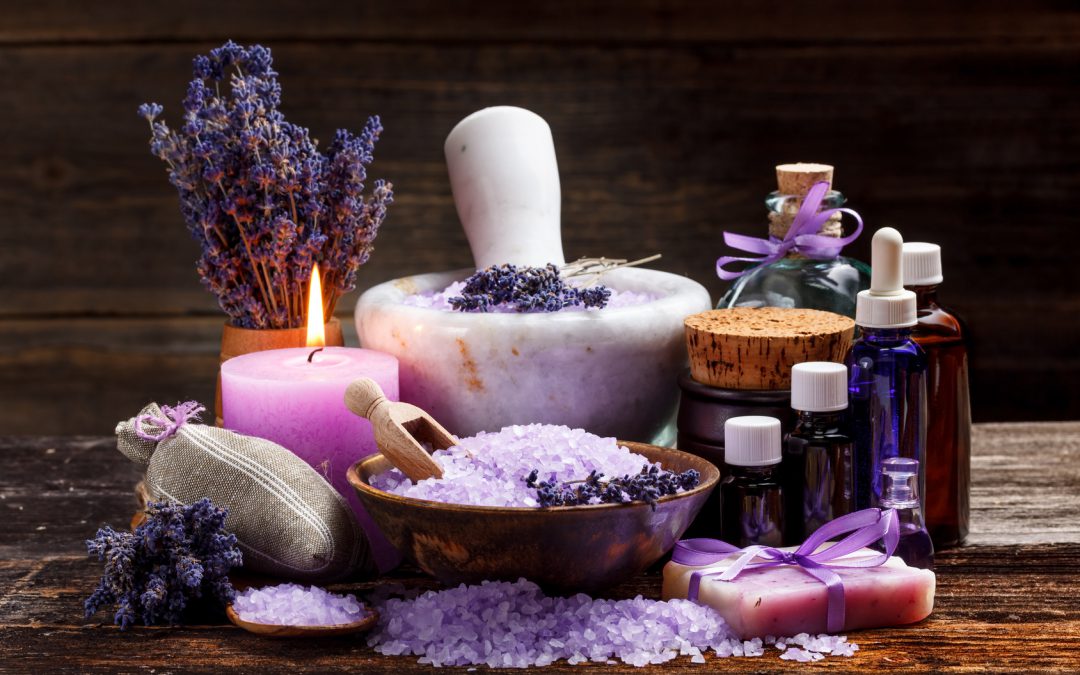Great Gift Alert! How to Make Lovely DIY Aromatherapy Candles
Do aromatherapy candles make good gifts?
Yes, especially when you consider the health benefits of aromatherapy.
Studies have shown that aromatherapy may provide relief from anxiety and depression. Aromatherapy with lavender oil, in particular, can help improve sleep for people who are hospitalised, make needle sticks less painful for people receiving dialysis, and reduce pain for children undergoing tonsillectomy.
So aromatherapy candles aren’t just good for home decor. They don’t just create a relaxing, more inviting environment. What makes them great as a gift is their aromatherapy properties which are sure to benefit the people who receive them.
Interested in making aromatherapy candles? Check out this easy step by step process.
How to make aromatherapy candles
You will need:
- Beeswax or soy wax
- Essential oils
- Wicks
- Pitcher/old saucepan/clean can to melt the wax in
- Large pot to use as a double boiler
- Mixing spoon or stick
- Mason jars, tins, or glass votives
What you will do:
- Prepare your double boiler by placing water into a large pot and bring to a boil.
- Place beeswax or soy wax into a pitcher or old saucepan or a clean can and put the whole thing into the pot of water until the wax melts.
- Cut wicks to fit your preferred candle container (i.e. mason jar, tin, glass votive, jar, tealight cup, etc.)
- When all the wax has melted, take it out of the water and mix in essential oils.
- Pour into your prepared containers and allow to cool overnight.
Choosing essential oils
Essential oils are not for everyone. Before making your candles, make sure the people in your home don’t have particular allergies to scents. The essential oils you choose may also have an effect on pregnant women, senior citizens, and very young children so take note of these before you buy your oils.
Some suggested essential oils for candle making are: lavender, rose, lemongrass, peppermint, cinnamon, cedarwood, geranium, vetiver, and ylang-ylang. You can also try the following oil blends:
- For insomnia and stress – lavender, ylang-ylang, and rose
- To keep insects away – lavender, lemongrass, and geranium
- To relieve anxiety – bergamot, lavender, orange, rose, and peach
- For headache and/or fever – oregano, peppermint, and eucalyptus
- To improve memory – rosemary, lavender, lemon, and jasmine
Troubleshooting tips
Candle making doesn’t always go right. Here are some tips to help you correct the most common candle making problems.
- Cracks in the surface of your candle. Don’t put your candle in the freezer to cool it faster. Heat your mould before pouring wax into it so that it cools more slowly.
- Dull surface. Buff your candle with a piece of nylon stockings to give it more of a shine.
- Smoking wick. Try a smaller wick or be sure to trim your wick about a quarter of an inch before you burn it.
- The scent is too weak. The general rule is to use up to 1.5 teaspoons of essential oil per pound of wax. If the scent is too strong, start with half of your estimated amount. Add gradually to get the scent strength you want.
Want more health, beauty, and nutrition tips? Join our spam-free mailing list.

